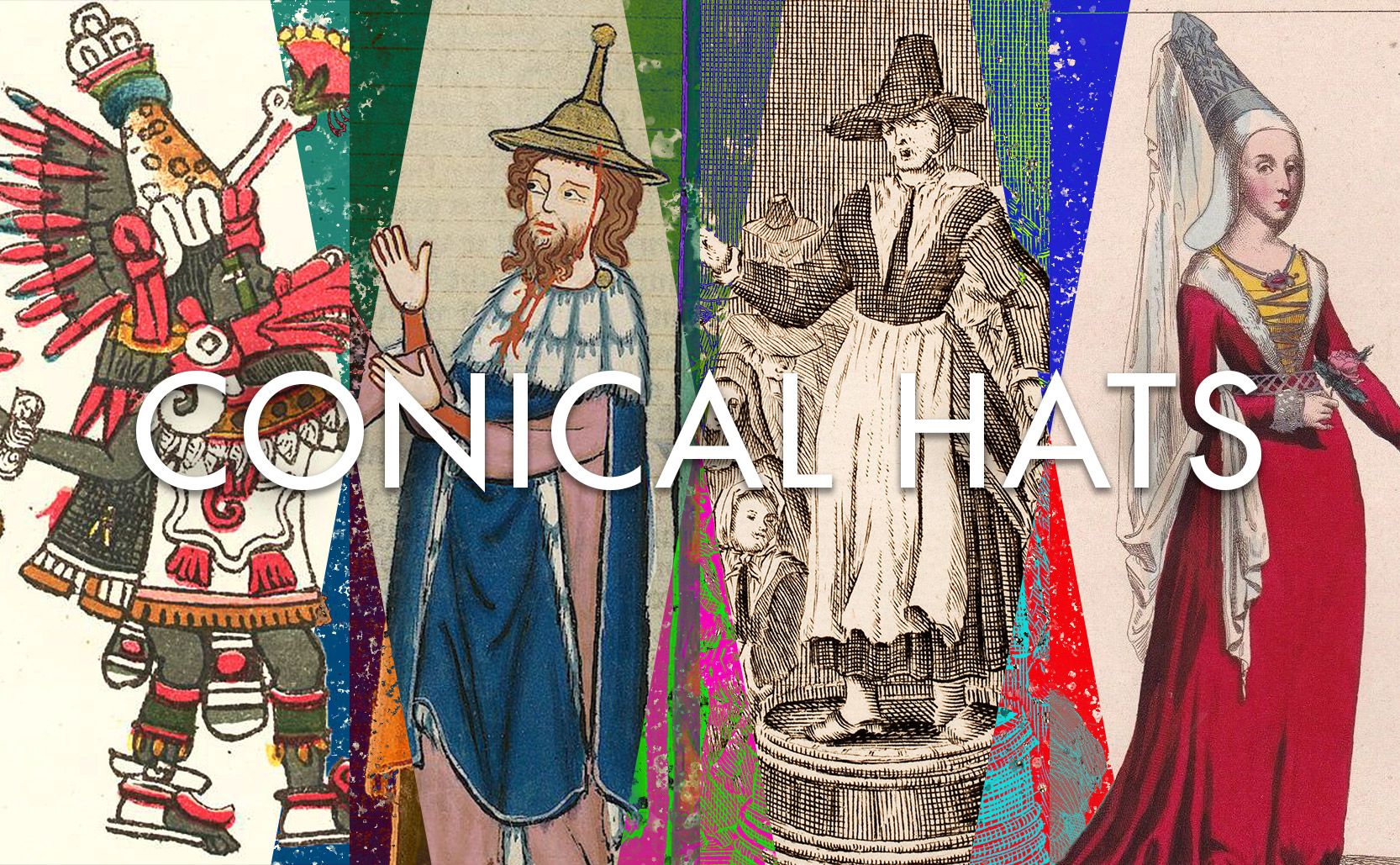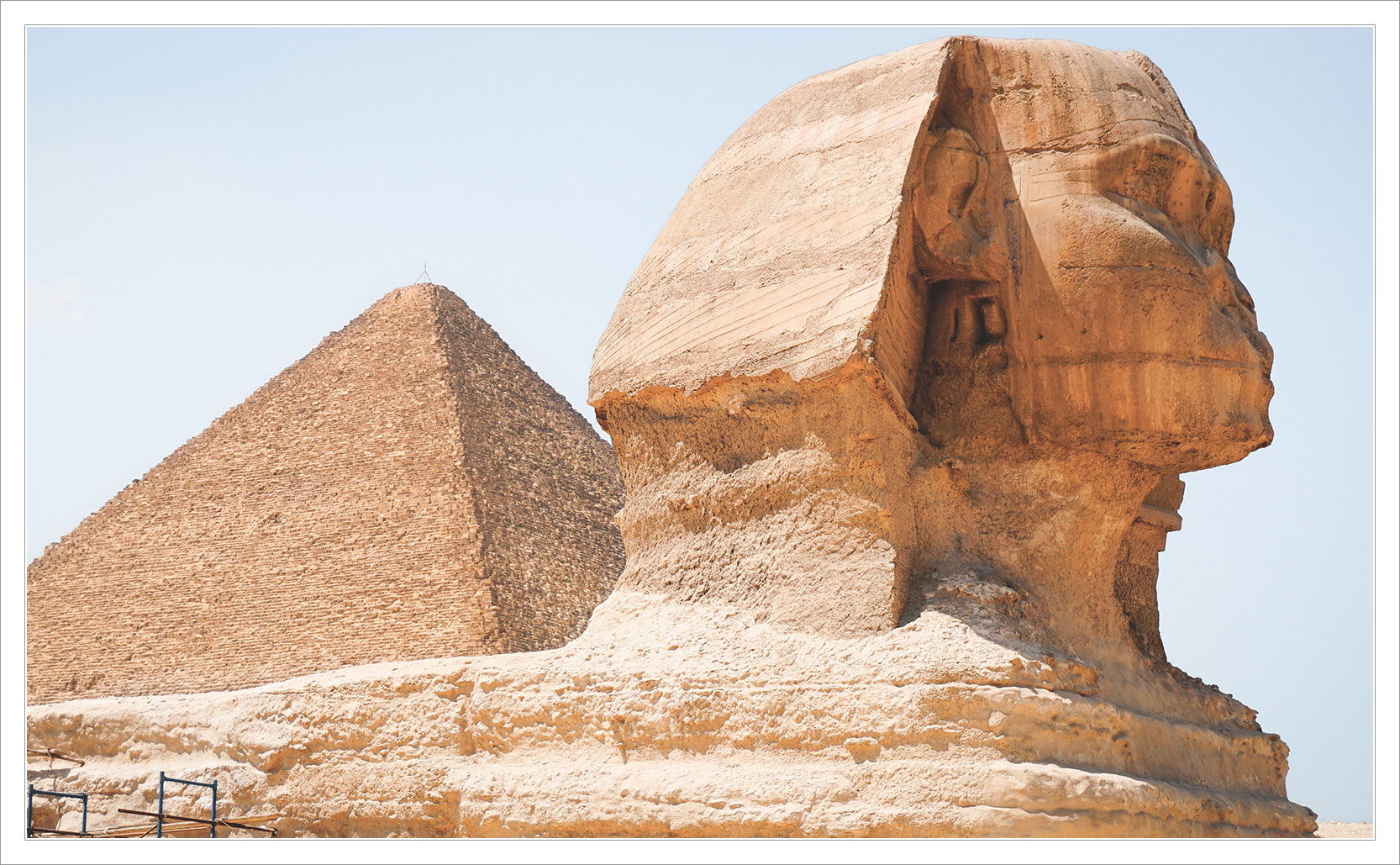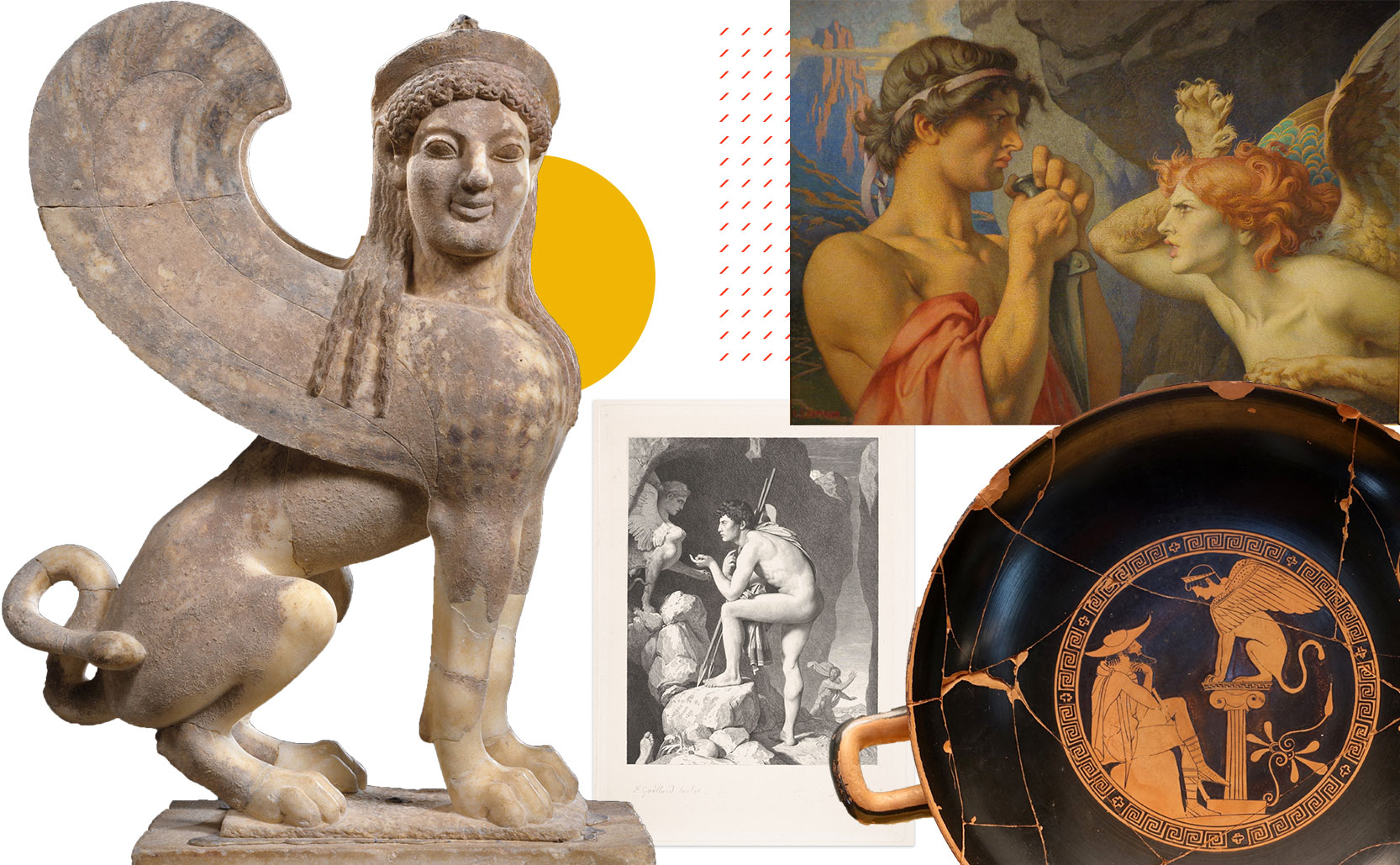Conical Hats
The pointy headwear for eccentrics, geniuses, deities, and dullards.
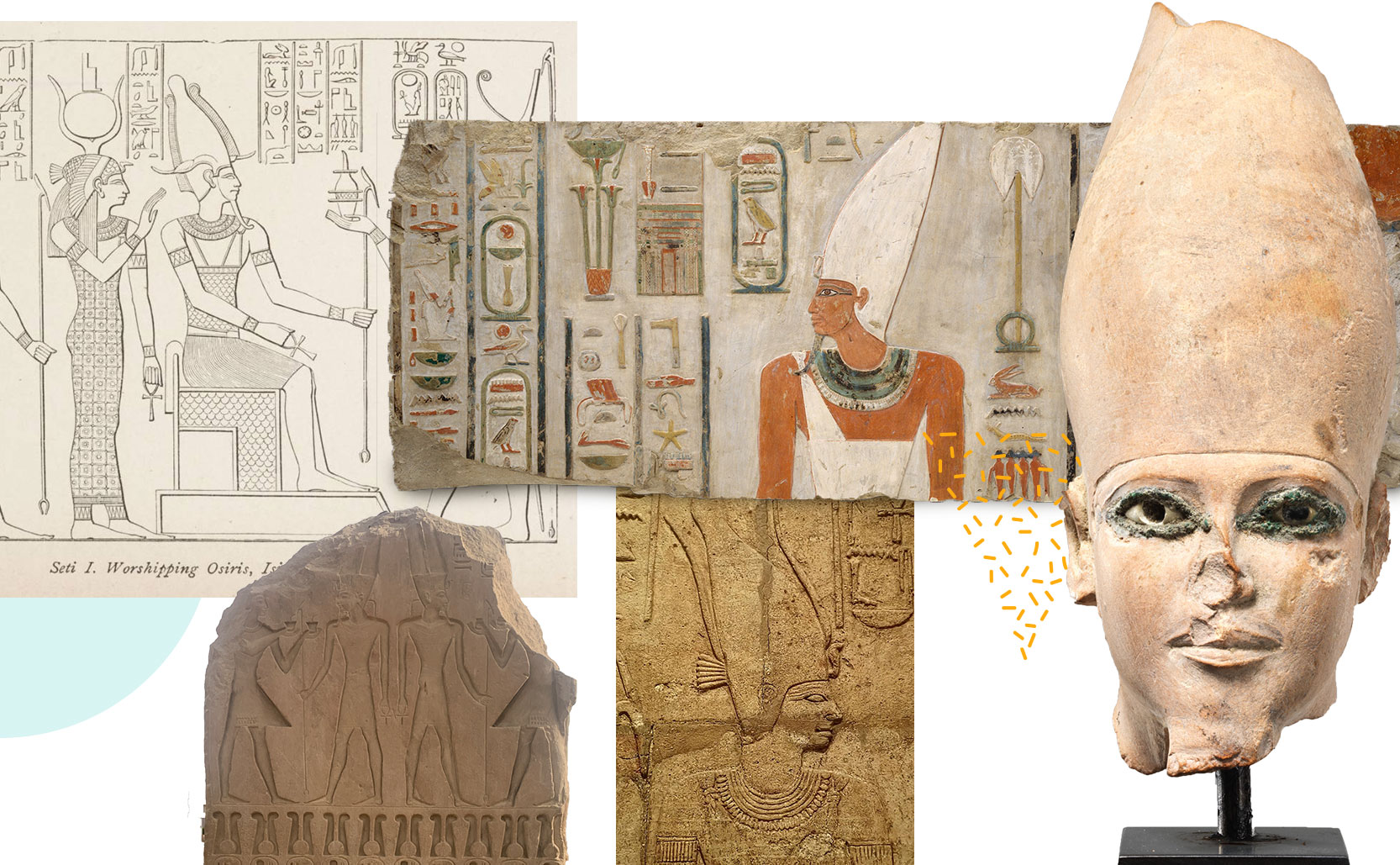
Egypt
Some of the oldest conical headwear come from ancient Egypt. The Pharaohs and their deities wore a variety of headdress crowns (the hedjet, the deshret, the pschent) depending on the individual and the era. These tall conical crowns were of religious significance, thought to connect the pharaohs to the gods, with the hedjet being the most conical of the group appearing between 3200 BCE to 3100 BCE.
We only know of these crowns through Egyptian art because none of them have been found, suggesting they were either handed down from ruler to ruler (so there aren’t many of them to be found) and or they were made with perishable materials.
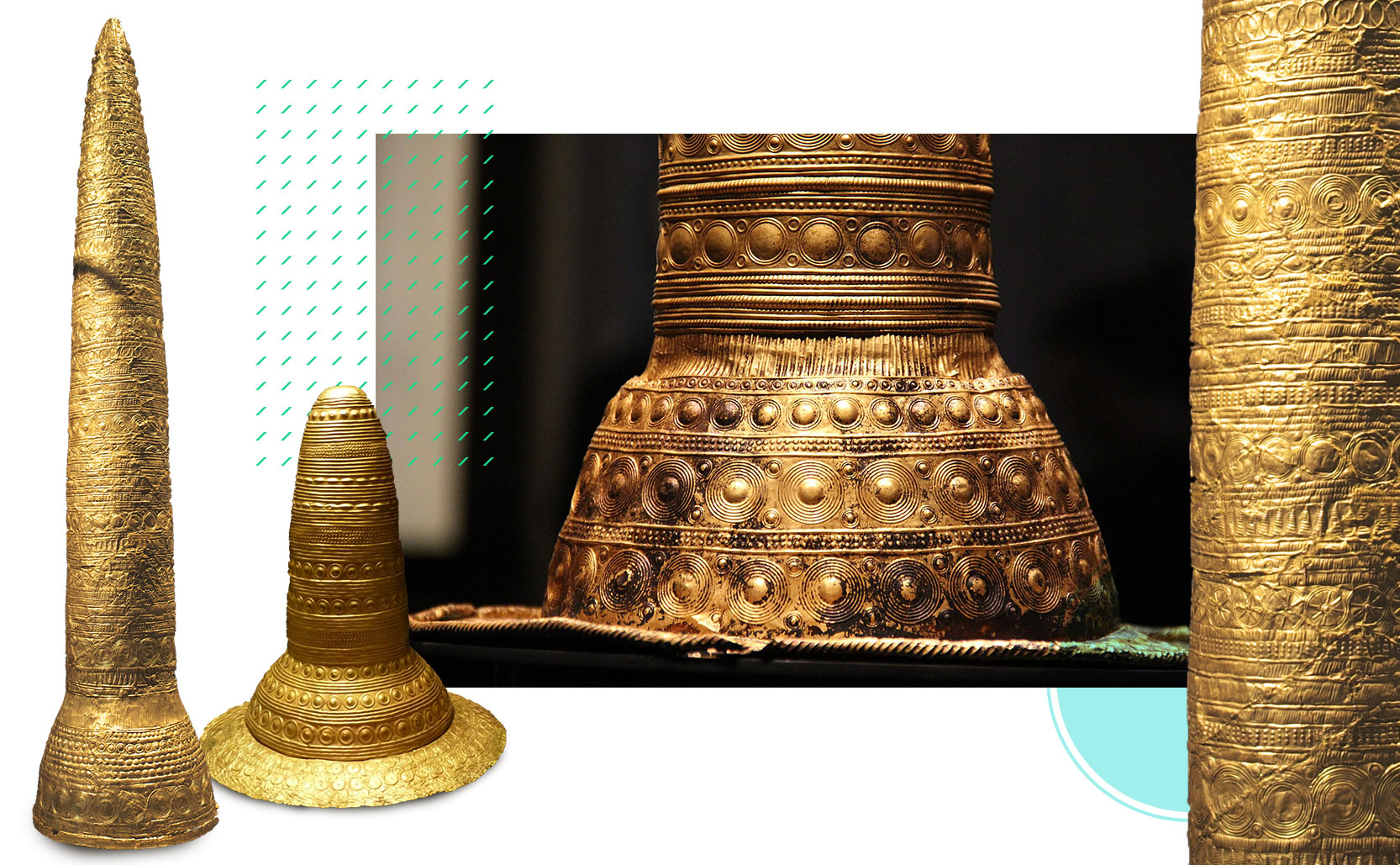
Golden hats of Central Europe
The golden hats of central Europe are four tall conical hats made of gold from the Bronze Age originating sometime between 1400 BCE to 800 BCE. It’s unknown exactly who made them but it’s most likely people of the Tumulus or Urnfield cultures (as the hats are in the right area, time, and styling as other artifacts from these groups).
As to what purpose they served the hats were most likely religious for high-status individuals but nobody is certain. They vary in height but the line & ring ornamentation along the cone portion of each hat is thought to be lunisolar calendrical information, documenting a skilled understanding of the sun & moon’s cycles.
Similar hats (although not so tall) have been found in Ireland and Spain, which probably made their way there by Urnfield people or the Celts.
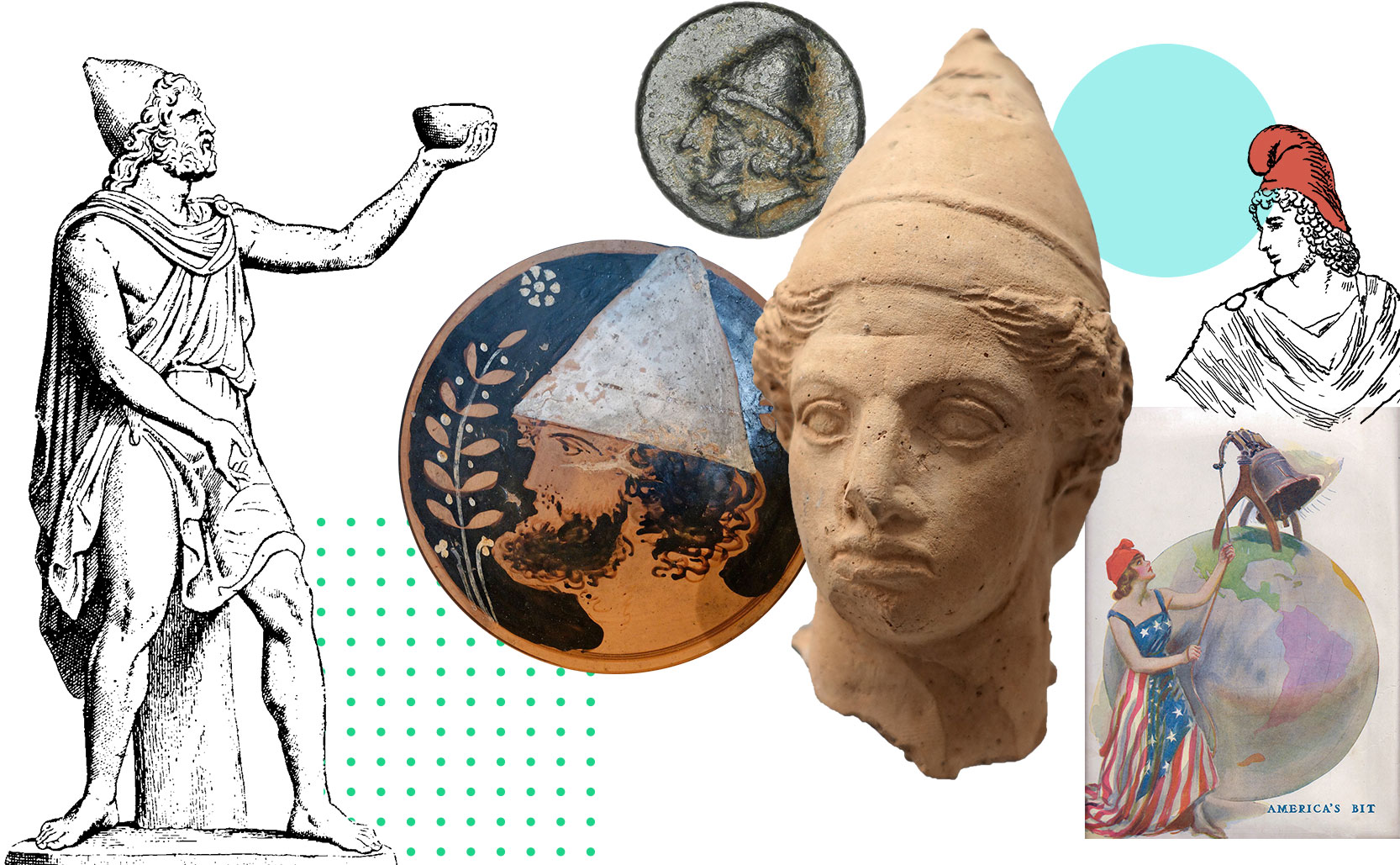
Greece & Rome
The ancient Greeks had the pileus, which was a soft rounded conical hat made of felt or leather. Unlike other conical hats of the ancient world it wasn’t associated with religion and instead was a hat of the common people. It’s estimated to have been worn between 800 BCE and 300 BCE with a bronze helmet version, looking not unlike the top of a bullet, having been introduced around 500 BCE.
The Romans, always borrowing from the Greeks, also had the pileus but it wasn’t worn in the same way. When a Roman slave was to be freed they participated in a ceremony where their head was shaved and a pileus hat was placed on their head. This hat became a symbol of freedom & liberty which later morphed into the Phrygian cap and became a symbol of liberty particularly during the French and American revolutions.

The Mitre of Christianity
Back to religion however, ancient Jewish priests had a variety of headwear depending on their role. Common priests wore a conical hat known as a migbahat. The High Priest however wore mitznefet (aka mitre) which was more of a turban.
From this word “mitre” we get the Christian pointed cap of the same name worn by bishops. The tails (aka the lappets) in the back are said to have come from ancient Greek olympic athletes who would wear ribbons from a band around their head. Beyond the name however the main body of the cap is only speculatively associated with the turban of Jewish High Priests.
As Catholicism spread throughout the Roman Empire local bishops took on additional authority. In matters of law the thinking was that Christians should be judged by other Christians and so bishops could serve as judges in legal disputes between Christians. Judges in the Roman Empire wore certain vestments including conical hats, which led to bishops wearing similar hats that became the pointed mitre of the Catholic Church.
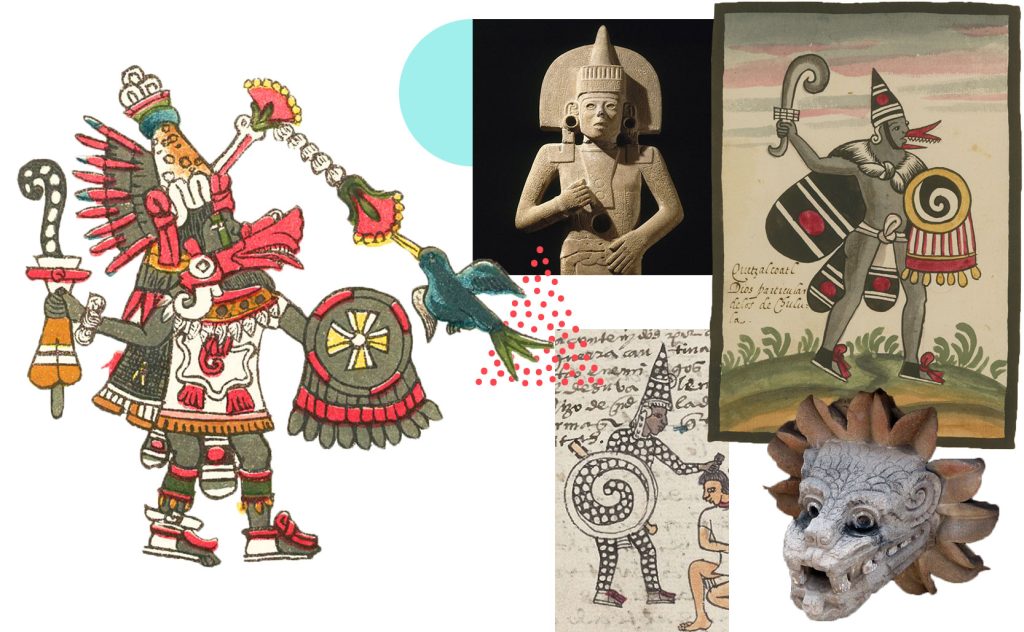
Mexico
Conical hats also appear in Aztec culture. The great god Quetzalcoatl was the god of wind, life, priests, knowledge, calendars, he taught humans a variety of skills, and more. His name comes from the Nahuatl for “feathered serpent” which is how he was represented until around 1200 CE when he began to be depicted as a man wearing a tall conical hat.
Quetzalcoatl’s conical hat was made with ocelot or jaguar skin. We also see conical caps worn by the mythical Aztec prince Copilli as well as other figures including some warrior priests.
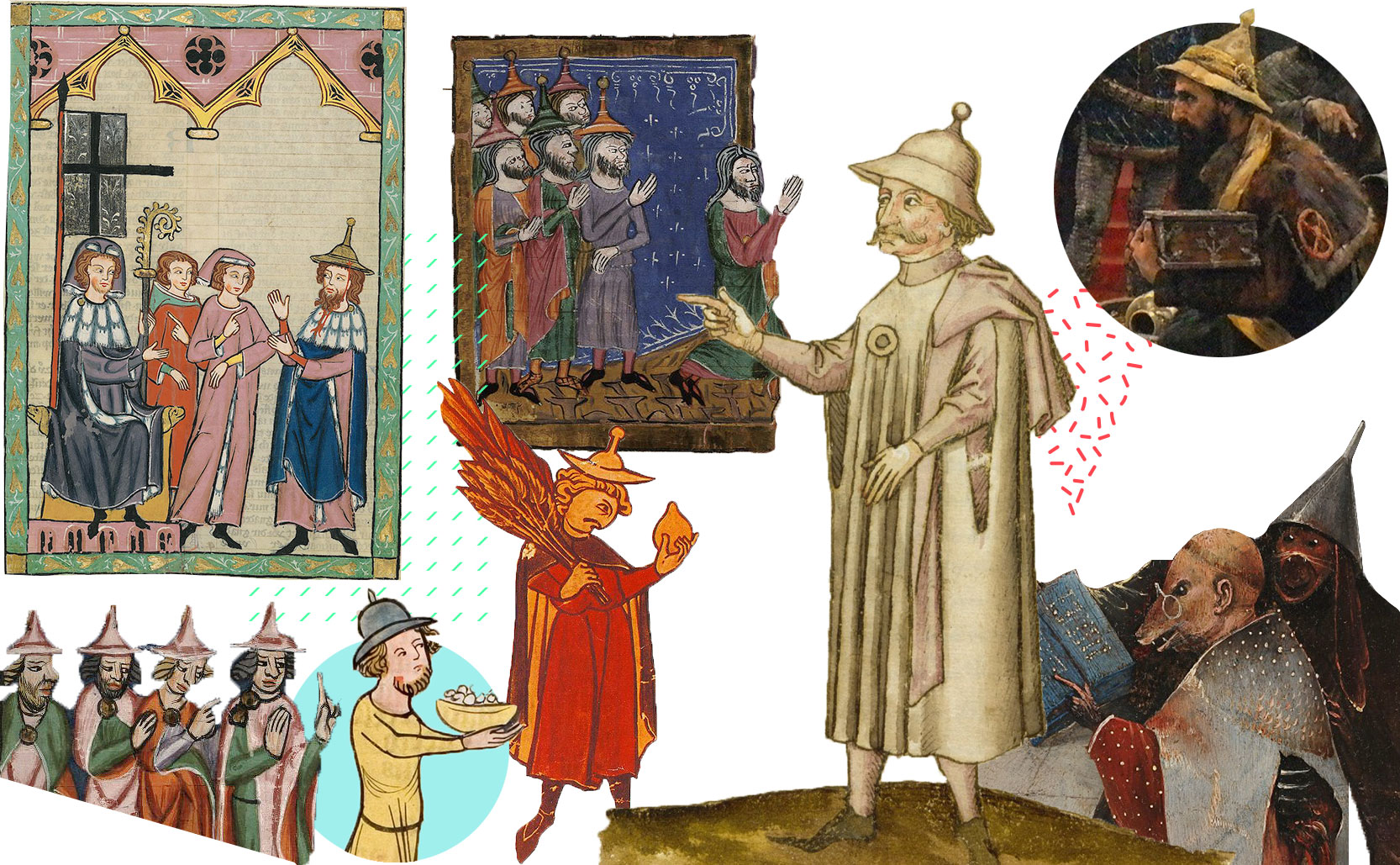
Jewish Hats
During the Middle Ages, European Jewish men wore a pointed cone-shaped hat later called a “Jewish hat” or “Judenhut”. This hat, originally worn by choice, soon became required by regional laws to distinguish Jews from Christians. For example the Fourth Council of the Lateran of 1215 required Jews and Muslims to be distinguishable by their clothing. A 1267 provision passed in Breslau (in modern day Poland) required Jews to wear “the horned hat”. In the same year the Council of Vienne made the hat required in Vienna. In 1555 Pope Paul IV ordered the hat to be yellow and worn in all Papal States.
The exact design of the hat varied. Looking at paintings and illustrations some look soft, some hard, some are pointed at the top while others have a circular bobble at the top. They are seen in various colors with some looking more like metal helmets than hats.
This Jewish hat (as well as the hats of John Duns Scotus followers, “Dunce caps”) later served as the inspiration for the funnels worn by people & creatures in the works of 15th century Dutch artist (and Father of Surrealism) Hieronymus Bosch. Absurd strange characters can be seen throughout Bosh’s paintings wearing metal funnels marking them as fools, charlatans, and sinners.
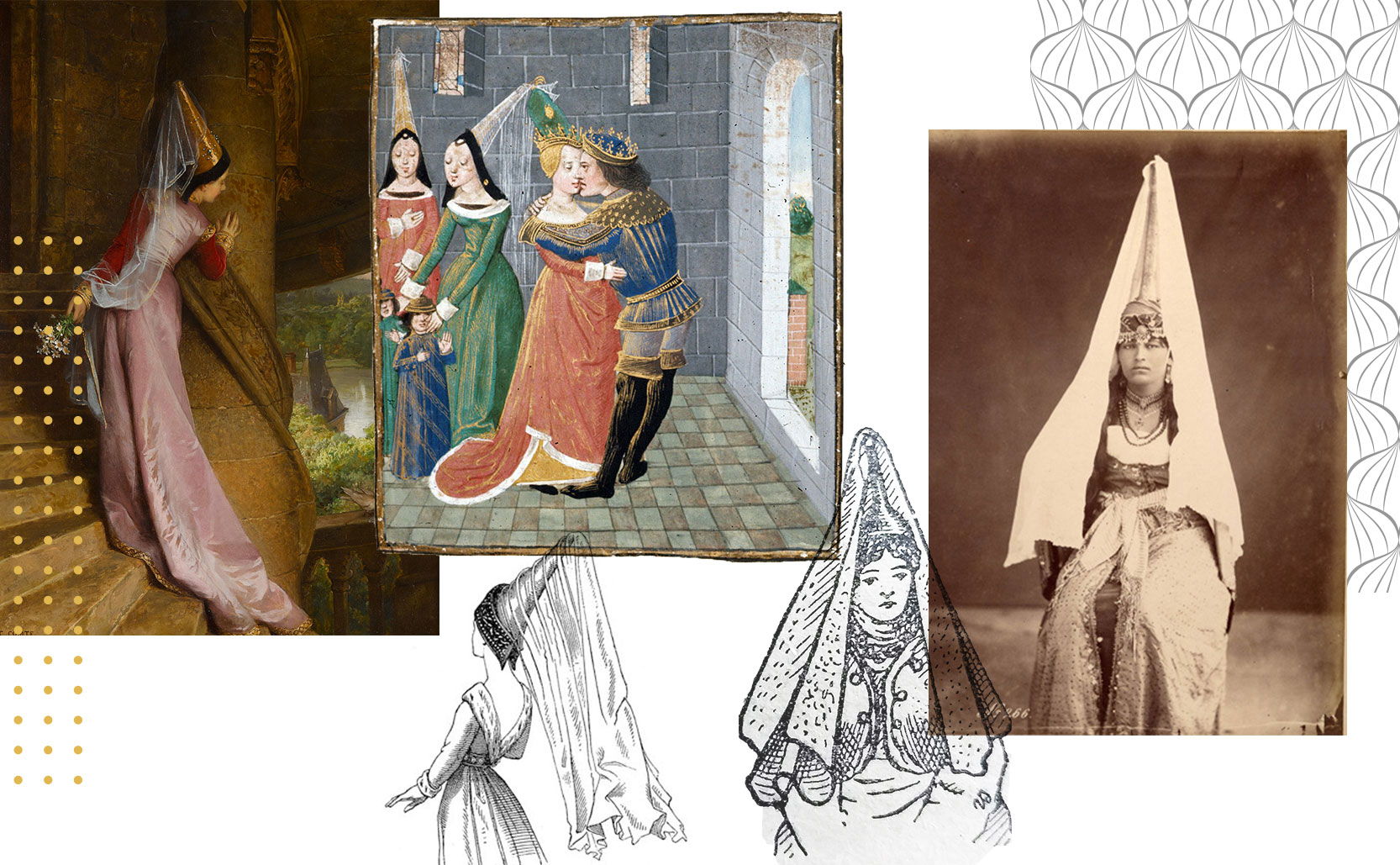
Hennins and Tantours
The hennin is the conical hat worn by women of nobility in the courts of England and France during the 15th century. It’s the iconic fairy tale princess hat that is tilted back with a thin veil (a cointoise) worn dangling from the back. Today the term “hennin” is a bit of a catch-all for a variety of headwear worn by women of the time, including the double horned or heart shaped style.
The tantour is similar to the hennin, a tall conical hat worn by women, but was worn in the Middle East especially in Lebanon. The height and materials used to make a tantour reflected the wealth of its owner, with precious metals & jewels being used to make the most extravagant hats which could be as tall as thirty inches. A tantour would have been presented to a woman on her wedding day, and thus only worn by married women.
When the tantour was created is unknown with some saying it existed during the tales of One Thousand and One Nights, others saying the design may have been introduced to the area from Europeans during the crusades. Either way it remained popular long after the hennin. The tantour was still being worn by Lebanese women into the early 19th century.
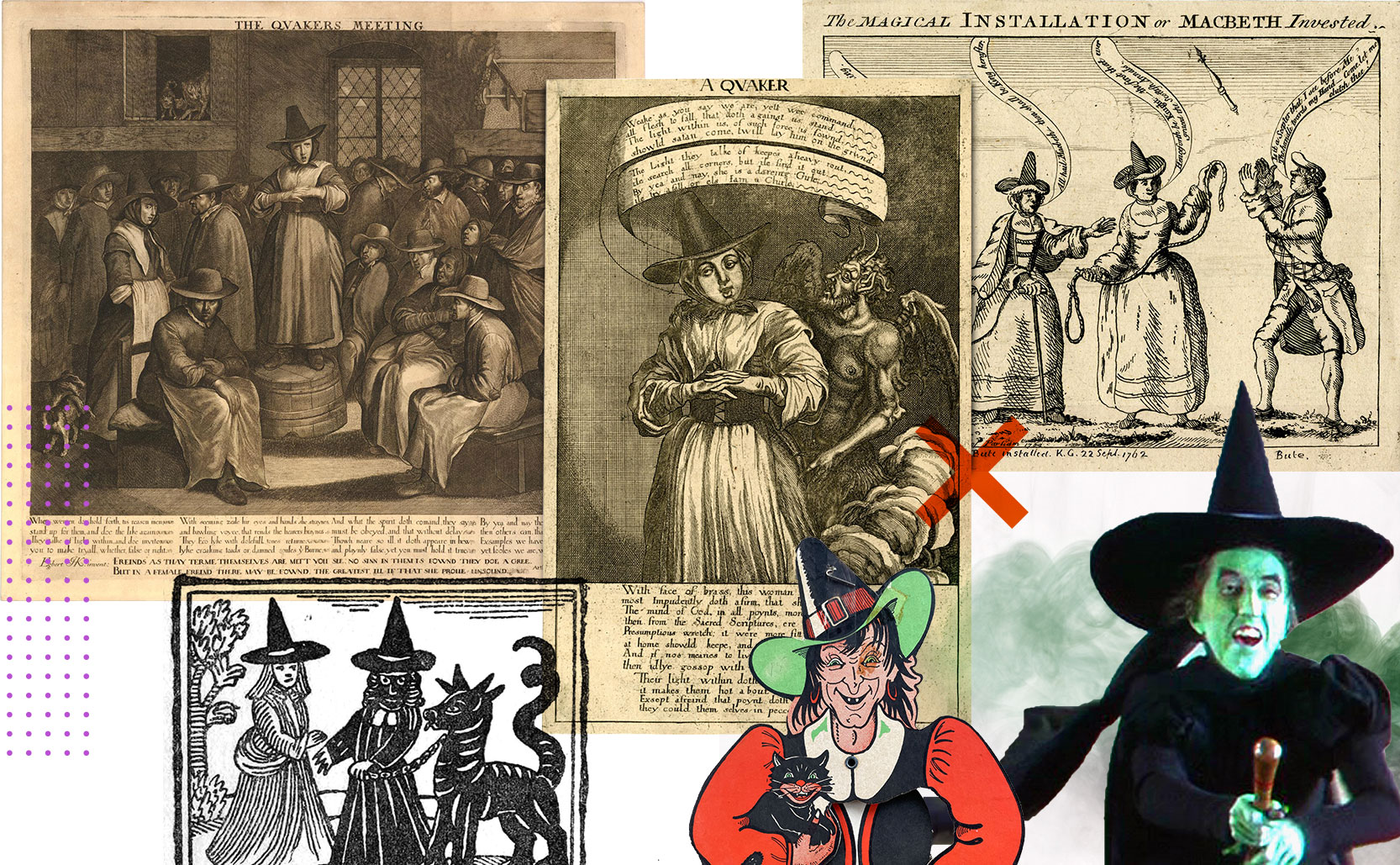
Witch Hats
The Religious Society of Friends (aka the Quakers) was founded in the mid 1600s. Founder George Fox had lived through the English Civil War and came out changed (similar to Thomas Hobbes, one half of the namesake for Calvin & Hobbes). Quakers preached that you could have a direct relationship with God, without a priest. They refused to pay taxes, they refused to serve in the military, they believed in racial and gender equality, and more. All of this was seen as both a religious and a financial threat to the crown and to the Church of England and as such the Quakers were persecuted.
At the same time there was a fashion trend of tall black conical hats. By the end of the century the hat was going out of style but it became strongly associated with Quaker women who continued to wear them. These women were independent, vocal, and and didn’t conform to the gender role of 17th century English women. The style and message of the Quakers made them outsiders in English society. While Quaker men were persecuted, Quaker women bore the greater share of the attacks. Many of the insults & accusations hurled at these women were incredibly similar to the ones that had been used towards women suspected of witchcraft.
Soon Quaker women and witches were thought of as nearly the same and it became visual short-hand to represent a witch using the general look of a Quaker woman (pointed hat and all). This is why English witches are represented wearing the “witch hat” that we think of today. Interestingly by the early to mid 18th century Quaker women underwent a change of fashion, abandoning their pointed hats for caps. The Enlightenment helped to end some of the religious oppression & superstitious thinking of the past, the result of which was that witches went from something to be feared to amusing folk characters (complete with pointed black hats).
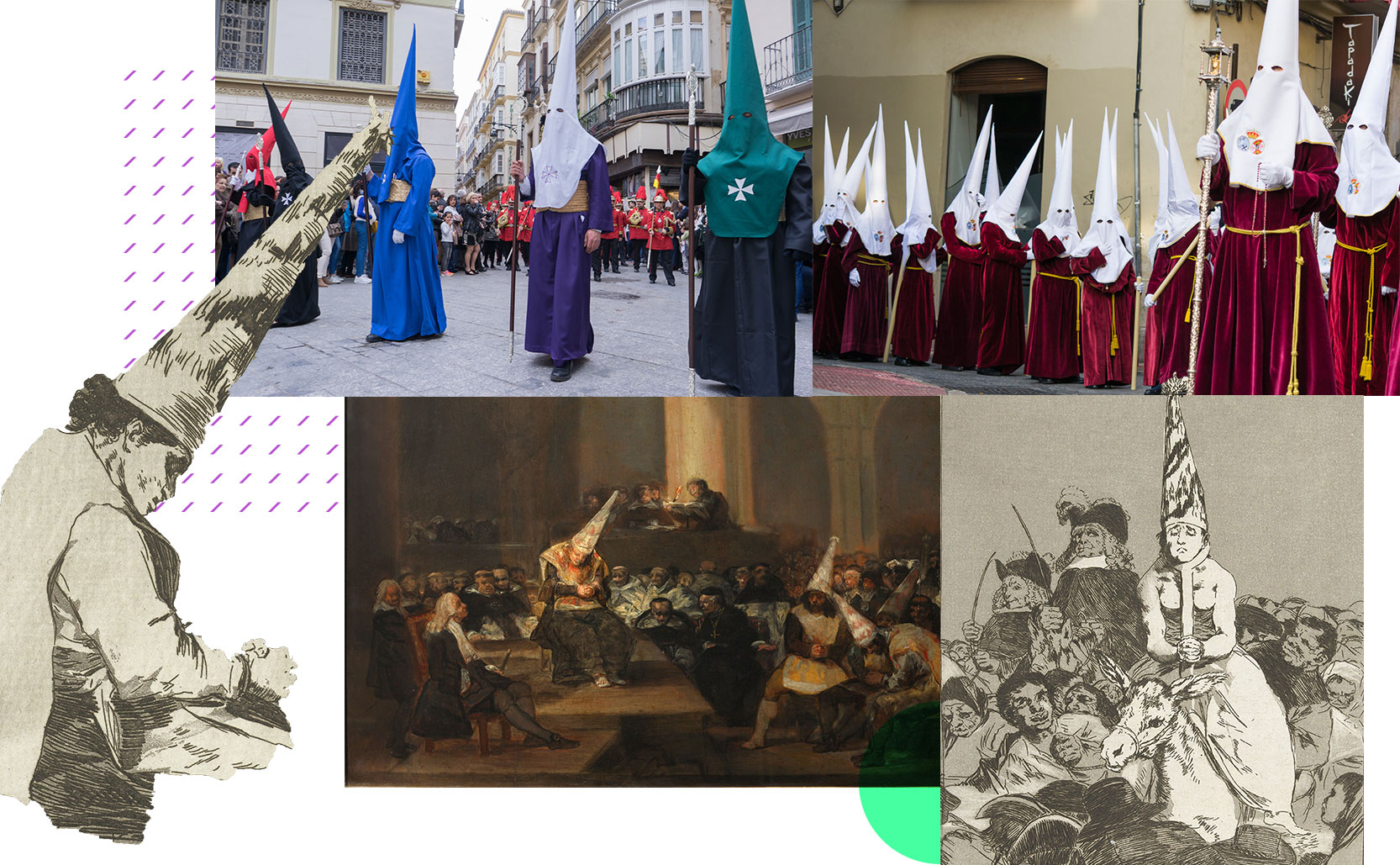
the Capirote and the Klan
During the 15th century any man or woman who ran a foul of the Catholic Church (via the Inquisition) was forced to wear a conical hat (the capirote) in public as a form of humiliating punishment. Eventually the Inquisition punishments changed but the capirote remained. The hat’s new life was in being worn by penitent Catholics during Holy Week leading up to Easter. The point of the cap is thought to bring the wearer closer to heaven. The capirote eventually gained a full hood and, along with ornate robes, hides the wearer’s identity during Holy Week processions.
Unfortunately the design of the capirote was also adopted by the Ku Klux Klan, but not initially. To hide their identities Klan members originally wore a variety of folk masks and costumes. This lack of uniform also helped hide the entire organization, allowing them to deny there was a Klan at all since every attack looked different. The 1905 book The Clansman by Thomas Dixon was the first to represent the Klan in white robes & hoods, but with spiked tops. It wasn’t until D.W. Griffith adapted the book into the 1915 movie The Birth of a Nation that the Klan got the capirote style hoods that we associate with them today. Later the Klan would mythologize their style claiming they were dressing as the ghosts of confederate soldiers, but in reality it was chance and the influence of Hollywood that helped this confederacy of dunces.
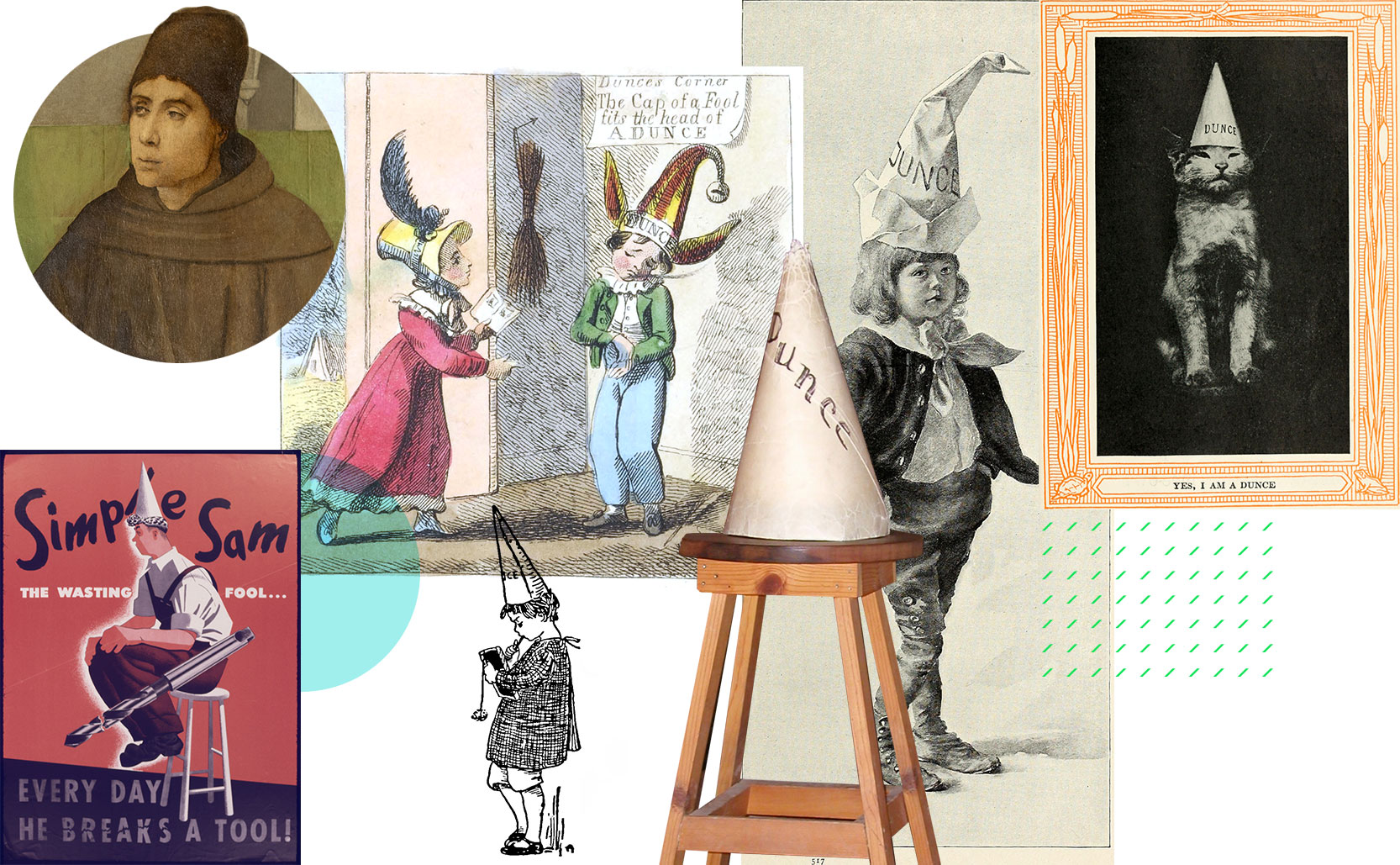
the Dunce cap
Perhaps the most famous conical hat of them all, the dunce cap actually started its life as a sign of intelligence. John Duns Scotus was a 13th century Scottish theologian, philosopher, Franciscan priest, and all around great thinker. Among other arguments he used logic to explain why God was metaphysical as opposed to a man in robes sitting in the sky. He developed devotees, nicknamed “Dunsmen”, who followed both his logic and his proclivity towards wearing a conical pointed hat.
Scotus felt that the cone shape of the hat would work like a reverse funnel, directing wisdom from the heavens towards his brain. This cone shaped hat became a sign of intelligence … until the theological tide turned in the 16th century. Renaissance humanist thinking turned away from Scotus’s logic and the hat of the dunsmen lost its cache, becoming a source of ridicule and a sign of foolishness.
Over the centuries a dunce (the spelling changed over time) became a term for a slow-witted person especially for unsuccessful children in school. As early as 1624 there was the “dunce-table”, a place where slow or disruptive children were placed away from others. Eventually sitting at a table was replaced with wearing a pointed dunce cap as a form of public humiliation (akin to the capirote worn as humiliation during the Inquisition). The heyday for the dunce cap was the Victorian era into the early 20th century, ending in the 1950s. Even though it’s no longer used as a form of discipline the dunce cap still remains a symbol of stupidity, even though it once represented the greatest of intelligence.


